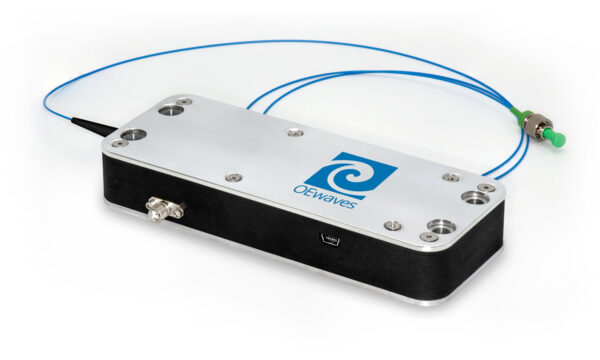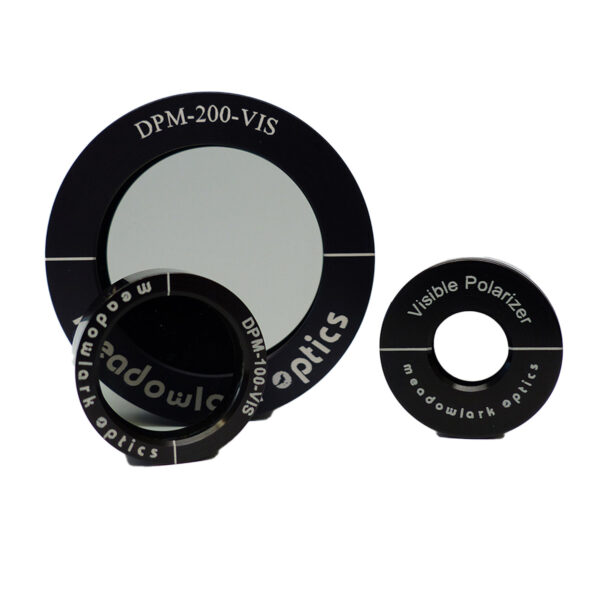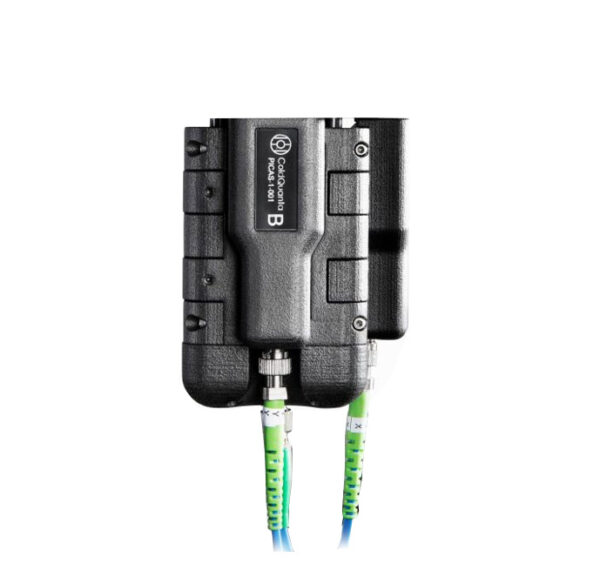Quantum computers represent a revolutionary advance in information technology because they use the principles of quantum mechanics to solve problems that are virtually insoluble for classical computers. Two of the leading technologies in the development of quantum computers are ion traps and aluminum capacitors based on superconducting circuits. These systems use different physical approaches to create and manipulate quantum bits, or qubits, the basic building blocks of a quantum computer.
Ion traps
Quantum computers Ion traps use ions to create qubits. These are suspended in a vacuum by electric or magnetic fields to minimize interaction with the environment and the associated decoherence (process by which a quantum system loses its quantum mechanical state). The internal energy states of the ions represent the qubit states, for example through the spin of an electron or the orientation of a nuclear spin.
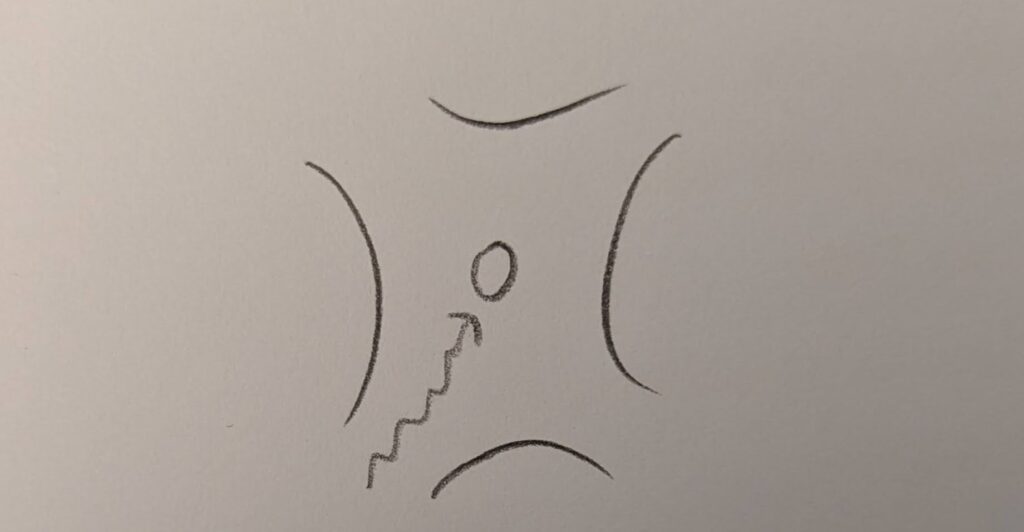
functionality
Trap the ions: An electromagnetic trap captures and isolates ions. Traps use complex electromagnetic fields to stabilize and control the ions in a nearly perfect vacuum.
Qubit initialization: Laser cooling and optical pumping processes put the qubits into a defined initial state (ground state).
Lasers with extremely narrow-band properties are ideal for initializing and manipulating the qubits. This allows them to be used with extraordinary precision and low noise to cool the ions and put them into a precise quantum state. The ability to selectively control specific ions without disturbing neighboring qubits is essential for quantum logic operations. The extremely narrowband laser by OEWaves.
Quantum logic gates: Quantum operations are performed by applying microwave pulses or laser beams that specifically manipulate the internal states of the ions. Complex calculations can be performed by exploiting the quantum entanglement between the ions.
Measurement: Lasers measure the states of the ions at the end of the calculation. The measurement of the ions leads to the collapse of their quantum states into one of the classical states, which can be read out. The use of polarizers can help to increase the contrast and eliminate unwanted scattered light. Our Polarizers by Meadowlark are perfectly suited for this.
Laser cooling optics are of great importance for ion traps, especially because they improve the precision and efficiency of the cooling processes. Therefore, they are required for the initialization and control of the quantum states of the ions. Inflections PICA (Photonic Integrated Cold Atom Source) is an example of such an innovation that simplifies the handling and application of laser cooling techniques. This reduces the need for large optical setups and enables users to operate quantum systems more efficiently and with less technical effort.
Superconducting circuits (aluminium capacitors)
Quantum computers Superconducting circuits exploit the properties of materials that become superconducting at extremely low temperatures, meaning they conduct electrical current without resistance. Aluminum alloys are often used to form Josephson junctions, which serve as the basic building blocks of qubits.
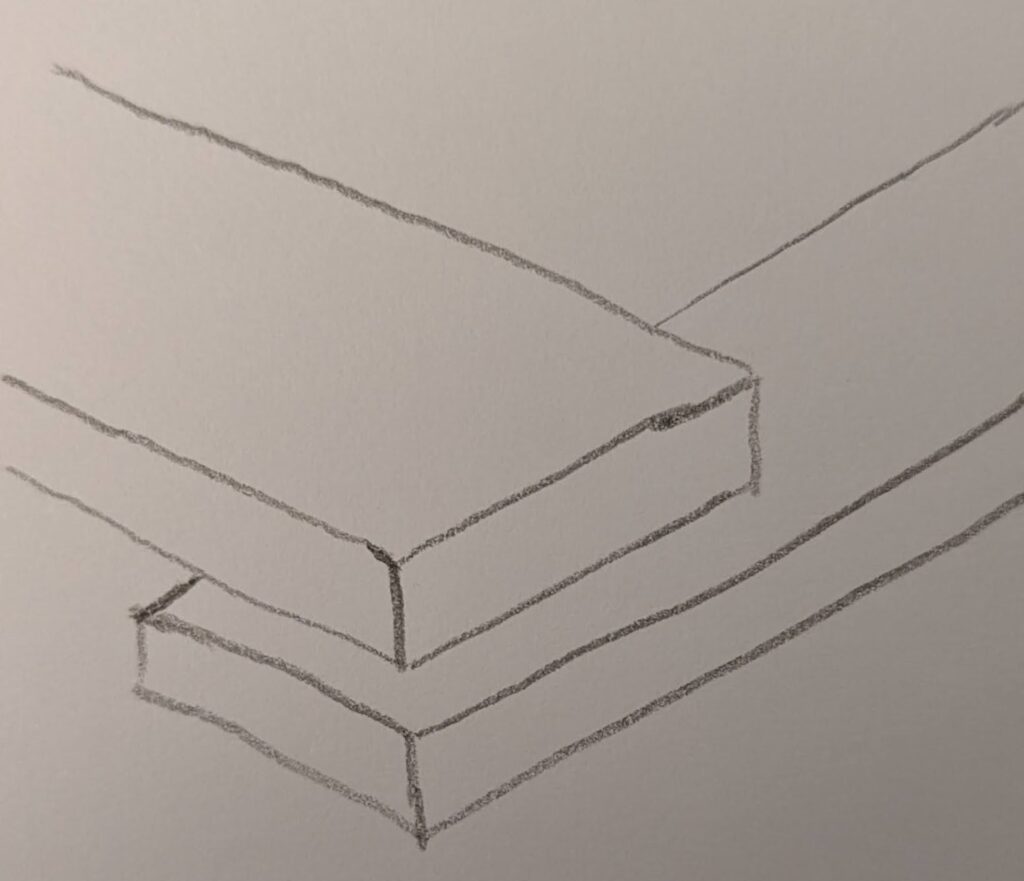
functionality
Superconductivity: To achieve superconducting states, the circuits are cooled to temperatures close to absolute zero. During this state, the circuits exhibit quantum behavior over macroscopic distances.
Qubit initialization: Microwave radiation typically raises the qubits (in a superconducting circuit) to certain energy levels, thus enabling their initialization.
Quantum logic gates: The manipulation of the qubits is achieved through precisely controlled microwave pulses that change the quantum states of the superconducting circuits. Changes in the current flow or in magnetic fields enable interaction between the qubits.
Measurement: The direct measurement of the electromagnetic properties of the circuits determines the states of the qubits.
Failure analysis and maintenance: Polarizers can also be used in imaging systems. They are used to examine superconducting circuits at a microscopic level to make specific details more visible. The Polarizers from Meadowlark.
Comparison and outlook
Both technologies for Quantum computers, ion traps and superconducting circuits, offer unique advantages and challenges. On the one hand, ion traps generally offer longer coherence times and the ability to manipulate individual qubits with high precision. On the other hand, superconducting circuits enable faster manipulation of the qubits and integration into existing semiconductor manufacturing techniques, making them attractive for scaling.
The choice of technology ultimately depends on the specific application and technical requirements. While research in both areas is progressing rapidly, overcoming technical challenges such as scalability, error correction and minimizing decoherence remains critical to the future success of quantum computers.

